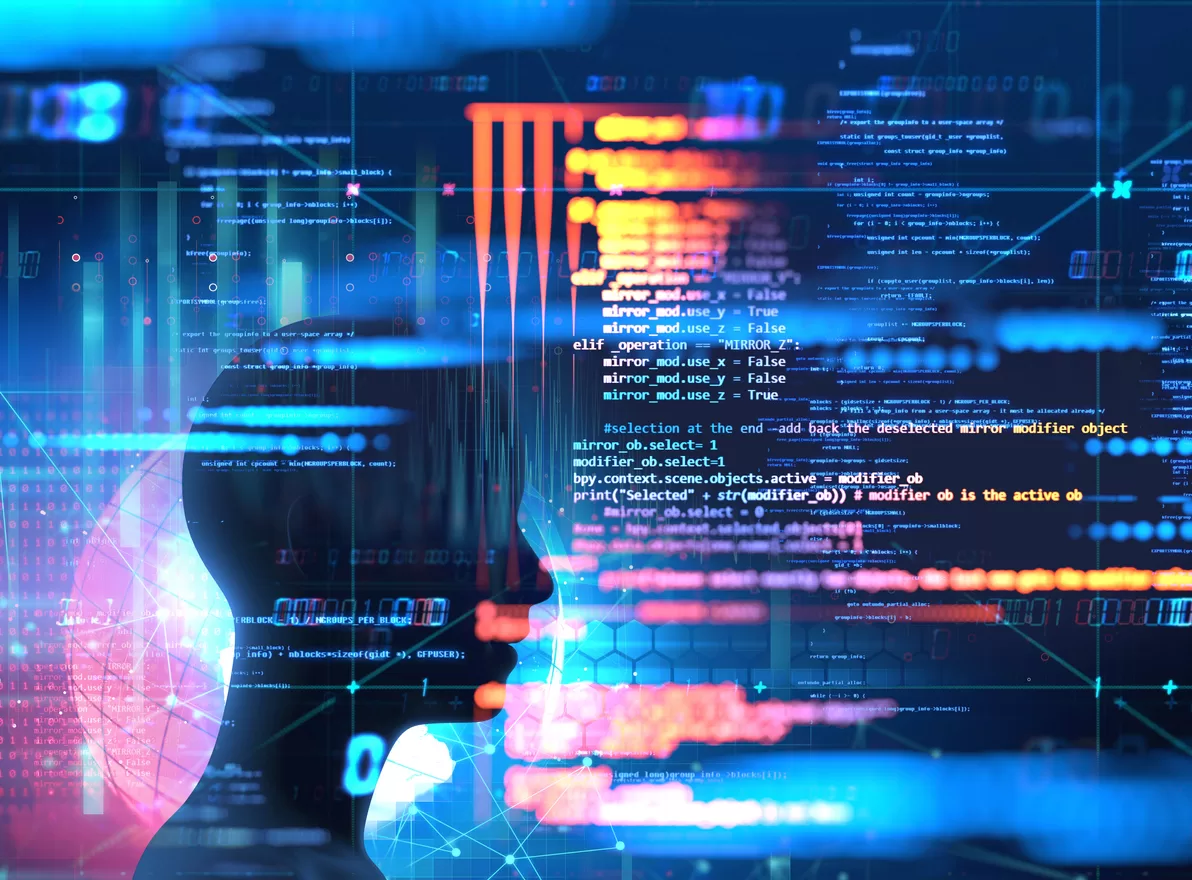
Wondering how to improve your student retention? Machine learning can provide universities with the insights needed to keep their students enrolled.
There is no denying the immense impact artificial intelligence (AI) is already having on our daily lives.
From smart assistants such as Alexa, Siri, and Google Assist, to improved customer service and fraud protection in the banking industry, AI certainly has an established presence.
Some are fearful of the potential impact AI might have on our future, a concept explored in our white paper How Artificial Intelligence is Influencing Graduate Employability and the Global Higher Education Sector.
However, when utilized effectively AI can vastly improve the efficiency of processes within various industries.
One branch of AI that higher education can benefit from is machine learning.
Machine learning is the idea that computer programs can continuously develop better analysis by learning from new data observations without the need for human intervention.
This leads to models and results that improve over time.
At this stage, most universities are still on the lighter side of predictive analytics, using traditional data modelling instead of machine learning.
However, as the experts at EDUCAUSE explain, “adopting a machine learning–centric data-science approach as a tool for administrators and faculty could be a game changer for higher education.”
Student retention
One area of higher education that can benefit from machine learning is student retention.
The number of students who remove themselves from university differs drastically according to country and institution.
In the US, data collected by NCES revealed that 19% of undergraduates who started their degree in 2015 did not return to their studies the following year.
In comparison, across the same academic year in the UK, HESA revealed that 6.4% of home students also did not complete their first year of study.
Students chose to leave university for a variety of reasons including financial issues, dealing with family matters, and a dissatisfaction with their academic performance or course content.
When it comes to the latter, early detection of students who are struggling within their studies means early intervention from the university, ultimately decreasing the chance of them dropping out later.
Machine learning can tap into the mass amounts of data that the university has at its disposal to accurately predict at-risk students.
It can then provide personalized solutions to keep these students academically engaged.
Optimized learning
There are a variety of ways machine learning can help improve the academic experience of a student.
By identifying specific areas within the curriculum that students are struggling with or showing disinterest towards, teachers can re-think their approach to these topics.
Whether this means spending more time on the subject matter, exploring it at a different point in the course, or using a new teaching method, machine learning can determine the best approach.
More specifically, machine learning can reveal when the optimal time is to give academic material within each semester.
For example, the best time to have live online lectures, office hours, or synchronous group discussions.
Ivy Tech is an example of a higher education institution that successfully used machine learning to identify struggling students and provide optimized learning for these students.
As a result, the college’s failure rate dropped by 3.3% each year, which totals at more than 3,100 additional students passing their classes.
Although machine learning can seem complex, universities often have faculty or students with the expertise to assist.
Whatever the approach, universities that learn to utilize and invest in machine learning will be left with courses that are continuously adapting to suit the needs of their students.
For more information on how your university can utilize data please see our report: ‘Your A-Z Guide to Data in Higher Education’.



